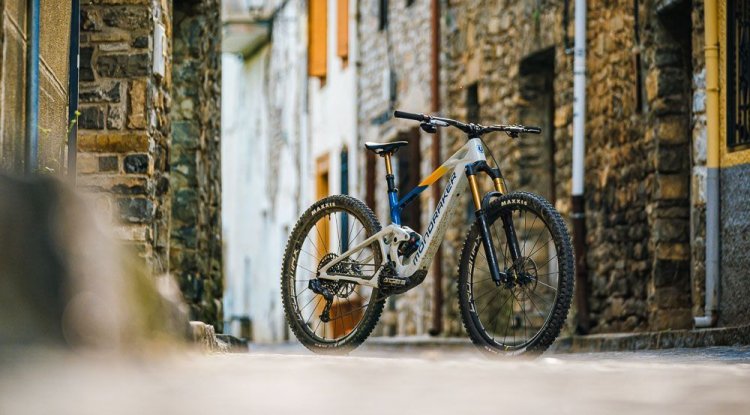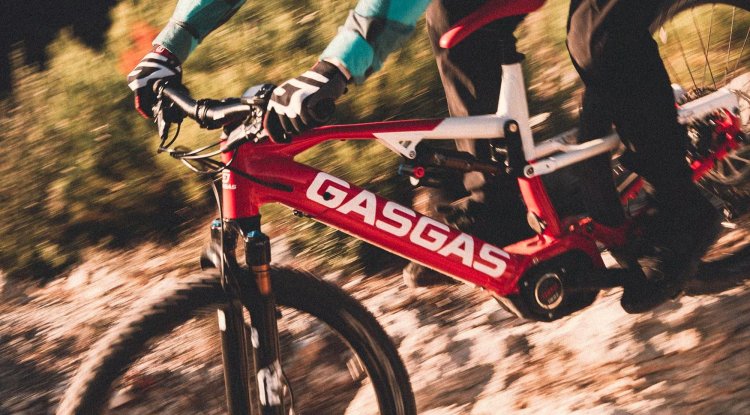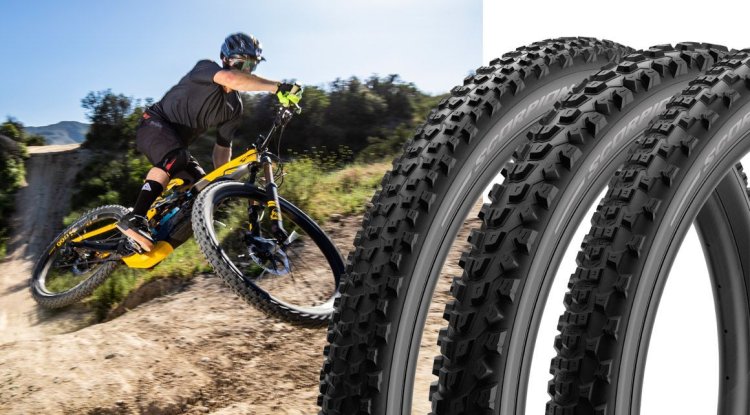[News] New Merida eOne-Forty and eOne-Sixty eMTBs share looks and suspension with non-assisted siblings.
Trifecta of new ebike models span travel and frame-material ranges.
![[News] New Merida eOne-Forty and eOne-Sixty eMTBs share looks and suspension with non-assisted siblings.](https://emtb.pt/uploads/images/202403/image_750x_65e1fe1774a25.jpg)
Merida has redesigned its three-bike eMTB range, now sharing its looks and suspension design with the brand’s award-winning enduro and trail bikes, the One-Sixty and One-Forty.
The eOne-Sixty CF, eOne-Sixty Lite and eOne-Forty Lite’s all-new design uses a horizontally mounted rear shock, and on the One-Sixty models, a flex-stay suspension system.
The carbon fibre CF model gets a 600Wh fixed, internal battery, while the alloy Lite models have a much bigger 750Wh unit that can be removed. All models are powered by Shimano’s 85Nm and 600W EP-801 electric bike motor.
Travel figures are the same across the two eOne-Sixty models (174mm rear with 27.5in rear wheel). While the eOne-Forty shares its outline with its bigger sibling, it forgoes the flex-stay suspension design for a seatstay pivot delivering 143mm of travel.
Prices start at £4,300 / €5,150 / AU$6,999 for the most affordable eOne-Forty Lite 400 and rise to £10,500 / €12,600 / AU$15,999 for the fanciest eOne-Sixty CR 10K.
Five things you need to know about Merida’s all-new eOne-Sixty and eOne-Forty
- Every model of eOne-Sixty and eOne-Forty is mixed-wheel (29in front, 27.5in rear) and 29in-wheel compatible
- Travel starts at 143mm for the eOne-Forty with 29in wheels and lifts to 174mm for the eOne-Sixty with mixed wheels
- All models use Merida’s Agilometer sizing, where reach figures grow but standover heights remain relatively unchanged (and low) across the five-size range
- Battery capacities start at 600Wh and rise to 750Wh. All models are compatible with a 360Wh range extender
- Merida’s own-brand dropper post – that’s fitted to all eOne-Sixty models – has a travel-adjust feature from 30-230mm.
An all-new frame for the eOne-Sixty CF and Lite, and eOne-Forty
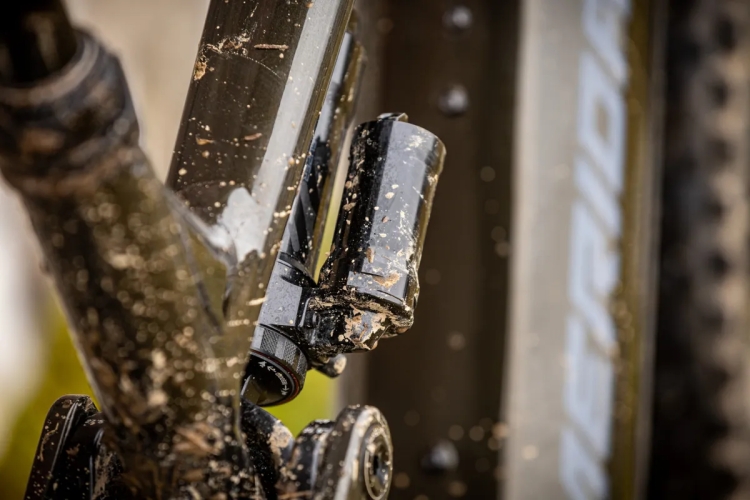
The new bike’s horizontally mounted shock mimics Merida’s One-Sixty and One-Forty design, moving away from the outgoing electric mountain bike model’s vertical shock positioning.
The carbon fibre model gets a fully enclosed down tube – and unremovable battery – while the alloy versions’ batteries are removable via the U-shaped down tube’s cut-out.
All models have internally routed cables via ports on the headset, dubbed Wire Port.
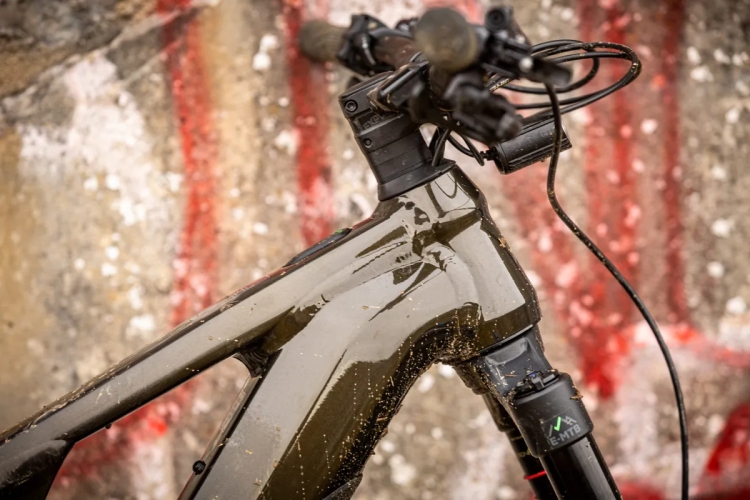
The carbon frame’s externally smooth tubes have heat exhaust grills to expel excess warmth in the battery compartment, but the alloy one forgoes this feature.
SRAM’s Universal Derailleur Hanger features across the range, as do multiple down tube mounting points for bottles, accessories and a range extender. Slotted neatly under the front of the top tube is an additional accessory mount.
There’s under-side and chain-slap protection aplenty, plus an in-built main pivot mudguard. There are mounting bosses on the seatstay bridge for an additional, longer rear mudguard too.
At the rear, there’s tyre clearance for up to 2.6in rubber, with Merida using the Boost 148 standard and a 200mm post brake mount.
Size-specific suspension kinematics customise the ride
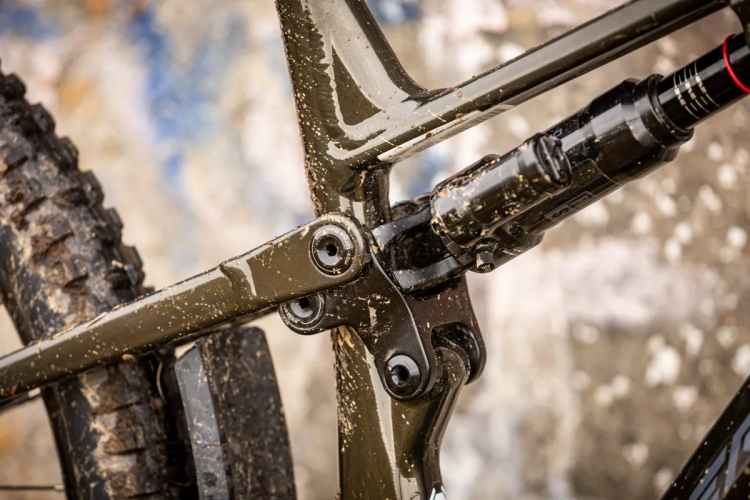
At the heart of the new eOne-Forty and eOne-Sixty models is Merida’s FAST kinematic suspension platform.
This is a linkage-driven single-pivot layout, where the longer-travel models forgo a seatstay pivot in favour of a flex stay, dubbed P-FLEX. The shorter-travel One-Forty bike has a seatstay pivot, but is still a single-pivot design, rather than a four-bar or Horst-link bike.
Merida claims its kinematics have been tuned for ebikes and rider size, which corresponds to frame size. Bigger sizes get increased progression, which should tune suspension feel to rider size.
There’s a flip chip in the rocker used to compensate its geometry when switching between 29in and 27.5in rear wheels, but its different settings also change the rear travel.
Set to the 29in position, the eOne-Sixty has 160mm of travel, but swap to the 27.5in position and that lifts to 174mm. The eOne-Forty has 142mm in the 29in setting and 156mm in the 27.5in configuration.
Finally, the shock’s mounts position its piggyback horizontally rather than vertically. Merida claims it has used this design for space purposes.
Style and speed-focused geometry
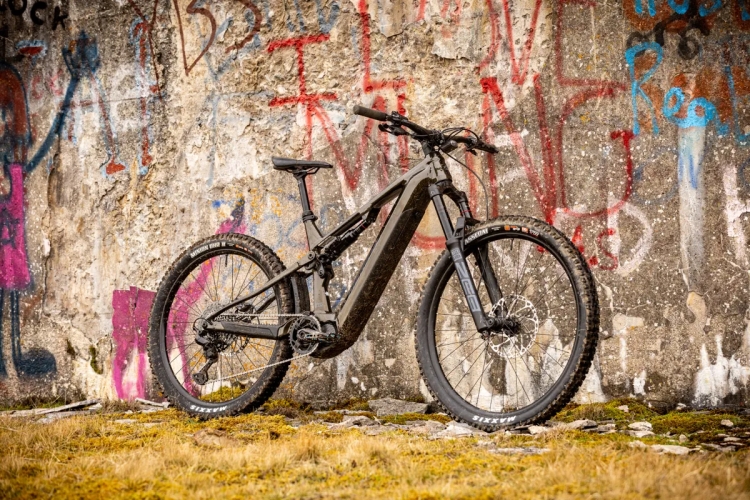
Merida’s Agilometer geometry concept focuses on growing bike length, while keeping standover heights as squat as possible as the sizes increase.
The five-size range spans from extra-short to extra-long via short, mid and long.
For example, Merida recommends a 175cm-tall rider should ride a short bike for a more agile feel, a mid-sized bike for a balanced feel and a long bike for a stable feel.
A long and deep seatpost, and the brand’s 30-230mm adjustable-travel dropper, add to this versatility because the post can be slammed in the frame’s tube.
Compared to the One-Sixty, the ebike version’s reach figures are slightly shorter and head angles steeper for any comparative size, justified by the bike’s extra weight increasing stability, negating the need for longer geometry.
For more information visit merida.com.
Share
What's Your Reaction?
 Like
0
Like
0
 Dislike
0
Dislike
0
 Love
0
Love
0
 Funny
0
Funny
0
 Angry
0
Angry
0
 Sad
0
Sad
0
 Wow
0
Wow
0
![[Video] Smashing Queenstown MTB Trails with David McMillan, Sam Gale & Finn Hawkesby-Browne](https://img.youtube.com/vi/n_iSuAaYIiA/maxresdefault.jpg)
![[News] Limar announces new full-face helmet](https://emtb.pt/uploads/images/202402/image_750x_65d3841185e4f.jpg)
![[Video] The Hill Project - the endless possibilities of owning your own mountain](https://img.youtube.com/vi/ftCj8nyyj54/maxresdefault.jpg)




![[News] Scott unveils new Ransom endurance bike](https://emtb.pt/uploads/images/202402/image_100x75_65be4dd2e2a89.jpg)
![[News] New Merida eOne-Forty and eOne-Sixty eMTBs share looks and suspension with non-assisted siblings.](https://emtb.pt/uploads/images/202403/image_750x415_65e1fe1795a95.jpg)
![[Originals] Geotour Aldeias de Xisto 2024 - An epic adventure](https://emtb.pt/uploads/images/202402/image_750x415_65df2c5ce7d04.jpg)
![[Originals] Battery - the basics of use](https://emtb.pt/uploads/images/202402/image_750x415_65c78a9b57546.jpg)
![[Community] The Supermarket Bike Adventure on the Alentejo Coast in 2011](https://emtb.pt/uploads/images/202402/image_750x415_65be54dc67979.jpg)
![[Video] Micro Bike Challenge Monsanto 2024 (Teaser)](https://img.youtube.com/vi/RP5JMl1UITk/maxresdefault.jpg)
![[Video] Construction of Darkfest 2024 has begun!](https://img.youtube.com/vi/639axytPWSs/maxresdefault.jpg)
